Wire Rope Hoists vs. Chain Hoists: Key Takeaways
- Application and Environment: The choice between chain hoists and wire rope hoists depends on what and where you’ll be lifting. Chain hoists are suitable for lighter loads and versatile environments, while wire rope hoists handle heavy, continuous loads and harsh conditions.
- Duty Rating and Capacity: Ensure the hoist’s duty rating and capacity match your operational needs. Chain hoists are ideal for lighter, frequent lifting, whereas wire rope hoists are designed for heavier, less frequent loads.
- Budget Considerations: While chain hoists are generally more cost-effective and easier to install, wire rope hoists, though more expensive, are necessary for lifting heavier loads safely.
- Expert Consultation: Working with manufacturers such as Demag can help determine the best hoist for your needs, ensuring efficiency and safety in your operations.
- Maintenance and Versatility: Chain hoists are easier to maintain and can replace manual lifting in various settings, whereas wire rope hoists offer precise positioning for long-duration lifts.
Improving your production operations is always top of mind. As an Operations Manager or Manufacturing Engineer, that’s your job. You may have already zeroed in on what type of lifting equipment you need to get the job done, but before you make your purchase, let’s talk more about electric chain hoists and electric wire rope hoists and when to use them. Both types of hoists are great options for lifting and can meet the varied needs of your operations.
There are many considerations as you evaluate whether you need a chain hoist or wire rope hoist for your operations. Specifications like lift height, duty rating and capacity, but also your budget, the environment the hoist will be operating within, and the application, or what or how you’ll be lifting with the hoist are key. Many of these details dictate which type of hoist you will need. Make sure you think about these considerations as you go through your decision-making process.
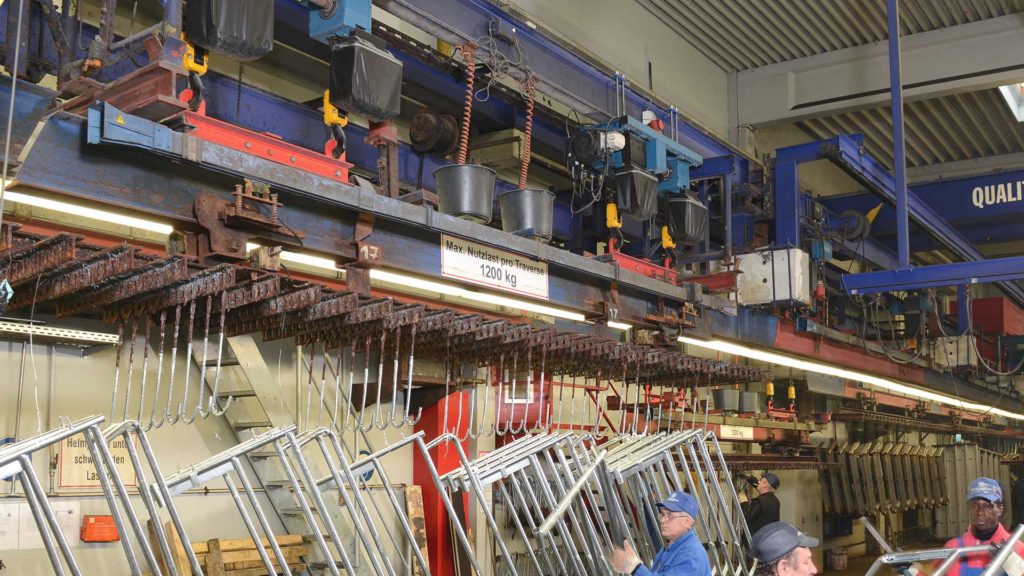
If you need a hoist in a plant with an extreme environment, like a galvanizing plant, choosing the right hoist to meet specific challenges and needs is key.
Application and Environment
What you’ll be lifting with a hoist and the environment where it will be operating are key factors when choosing a hoist. The application can dictate the use of one type of hoist over the other simply due to what or how you are lifting. Certain industries like metal processing or precast cement plants require a hoist that is a workhorse, lifting heavy weight all day long. High cycling, heavy loads cannot be handled by just any hoist. The environment in which the hoist is operating can also dictate the type of hoist. If you need a hoist for a galvanizing line, the environment is acidic and full of moisture. This requires a product that can operate effectively and efficiently in an extreme environment.
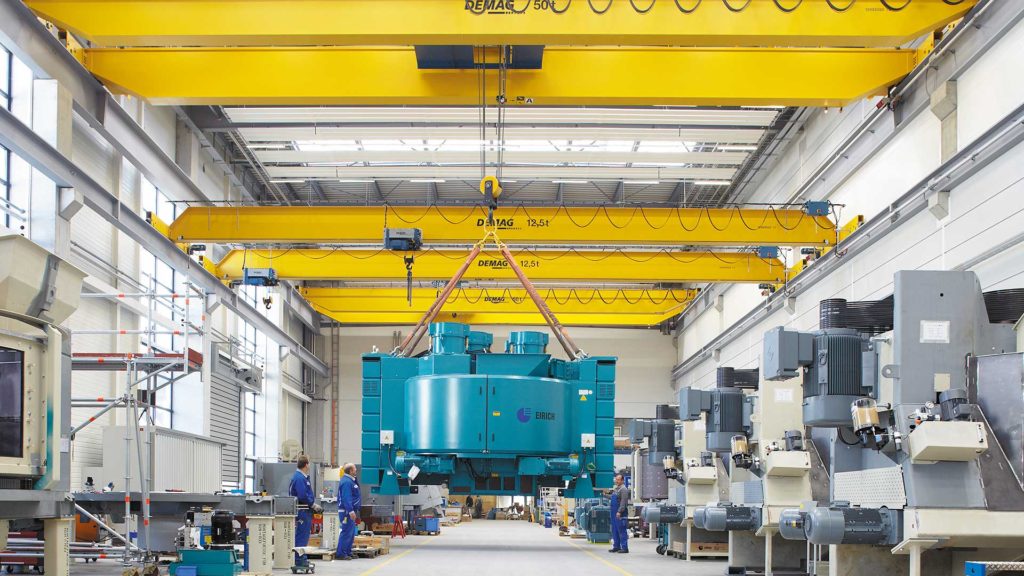
Very heavy loads require knowledge. Work with a manufacturer and qualified dealer to find the hoist to meet your unique needs and requirements.
Duty Rating and Capacity
There are many different organizations that define duty rating classifications for products used in lifting. The European Federation of Material Handling (FEM), Crane Manufacturers Association of America (CMAA) and Hoist Manufacturers Institute (HMI) all classify hoist and crane duty rating classifications. These organizations assure that the cranes and hoists used in lifting are rated to safely lift at the capacity and cycling of your operations. Capacity is just one consideration for duty rating. Assuring the hoist you choose can handle the load capacity is critical. Using a hoist or crane to lift a load heavier than the stated capacity or duty rating is unsafe. Not only is it unsafe for your workforce, the equipment could break and you will incur additional expenses from replacement, repair, breakdown and maintenance. Capacity alone can dictate the use of a chain hoist or wire rope hoist. Work with an expert to help determine that the hoist you buy today will help you become more efficient today and in the future.
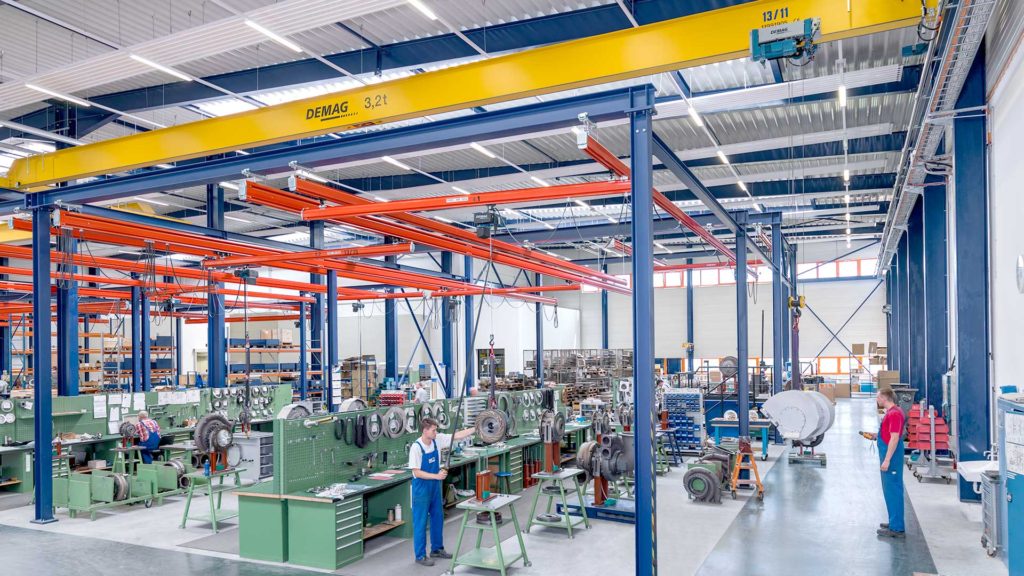
Budget should never be the only driver of your purchase decision when it comes to lifting equipment. Always work to find the right equipment to do the job.
Budget
Budget is always a key item when you are considering a hoist. The goal of any lifting purchase is to get the right product for the job so it can be operated safely and offer the efficiency you need in your operation. Simply due to the physical size and design of chain hoists, they are generally easier to install and can be lower cost than wire rope hoists, especially in lower capacity applications. Wire rope hoists are physically larger, more complex pieces of equipment, but are designed to handle the heaviest loads. The purchase decision should never be made on budget alone. Always work to find the right equipment for the job.
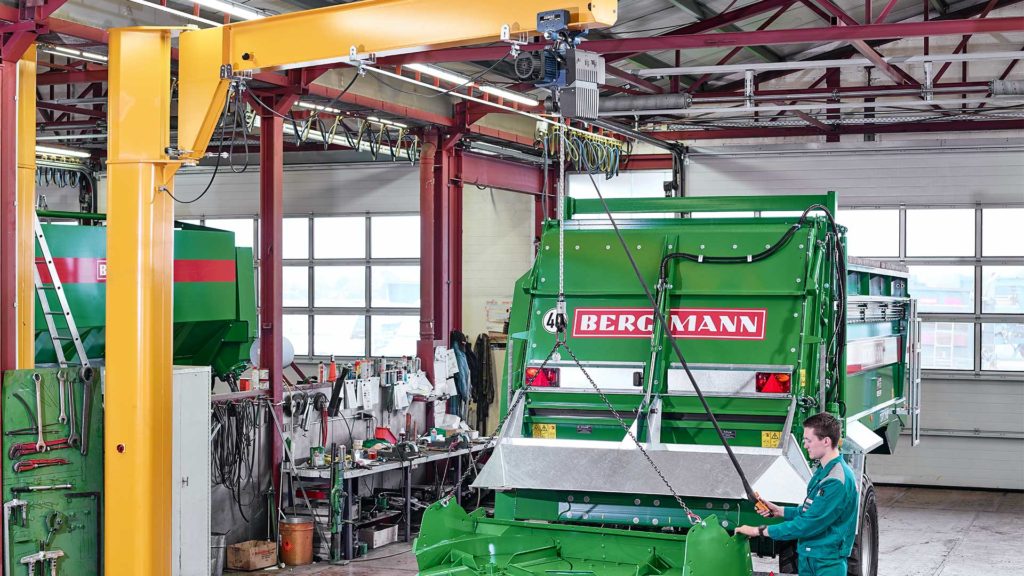
Chain hoists are easy to use and can even replace manual lifting.
Why Choose a Chain Hoist
Generally speaking, a chain hoist is a great way to lift lighter loads. The hoist units are lightweight and compact in size so they fit into many operations very well. They are versatile for many types of lifting jobs and are easy for operators to understand and use. Chain hoists are great options to replace the manual lifting process in assembly lines and other material handling areas. They provide a true vertical lift and are more forgiving to side pulls than wire rope hoists. Chain hoists can be lower in maintenance and repair costs, and be used in a variety of environments.
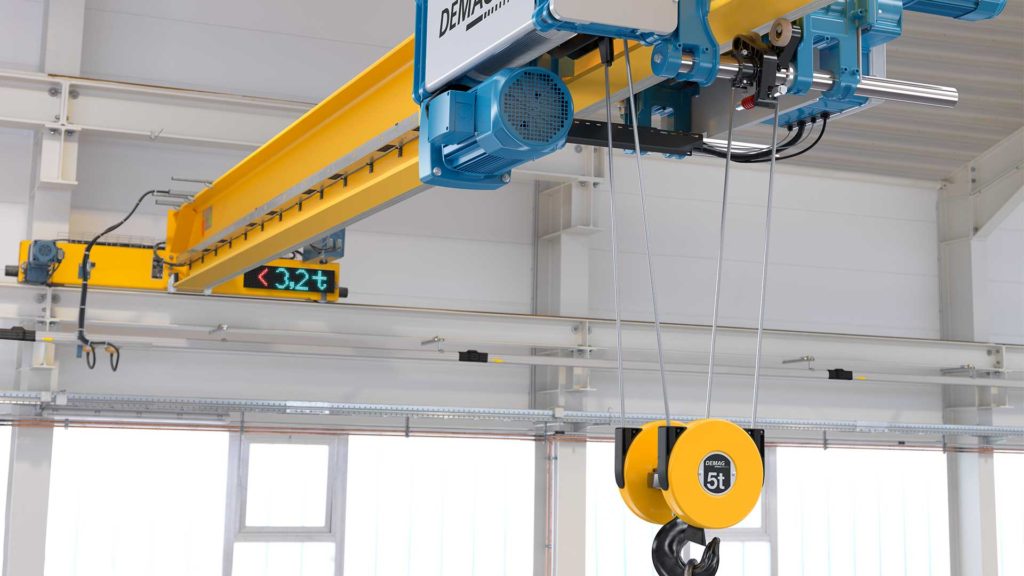
Wire rope hoists are the workhorses for the heaviest loads.
Why Choose a Wire Rope Hoist
Electric wire rope hoists can lift the heaviest loads. They are a great option when you have long lift heights and high capacities that require accurate positioning. If the load is going to be supported for long periods of time, a wire rope hoist may be the right fit. When you need a hoist rated for severe duty, a wire rope hoist or winch can lift the load and meet your operational needs.
No matter what type of hoist you need, it is always important to choose the right equipment to do the job. Chain hoists are great pieces of equipment to handle light loads and can even replace manual material handling in your current processes. Wire rope hoists are the workhorses that can handle the heaviest capacities and make lifting heavy loads efficient. Always make sure you consider all factors when choosing your lifting equipment and work with the experts as you evaluate the options so you choose the right equipment for the job for safe lifting. Need help designing your next project? Contact us to find the right lifting solution for your needs!
